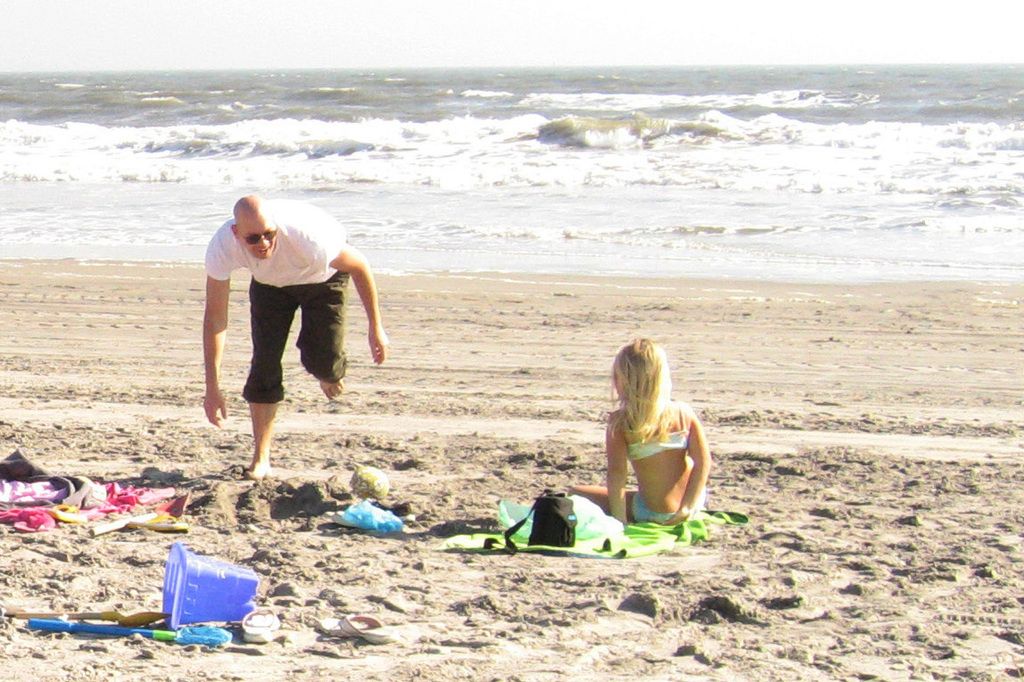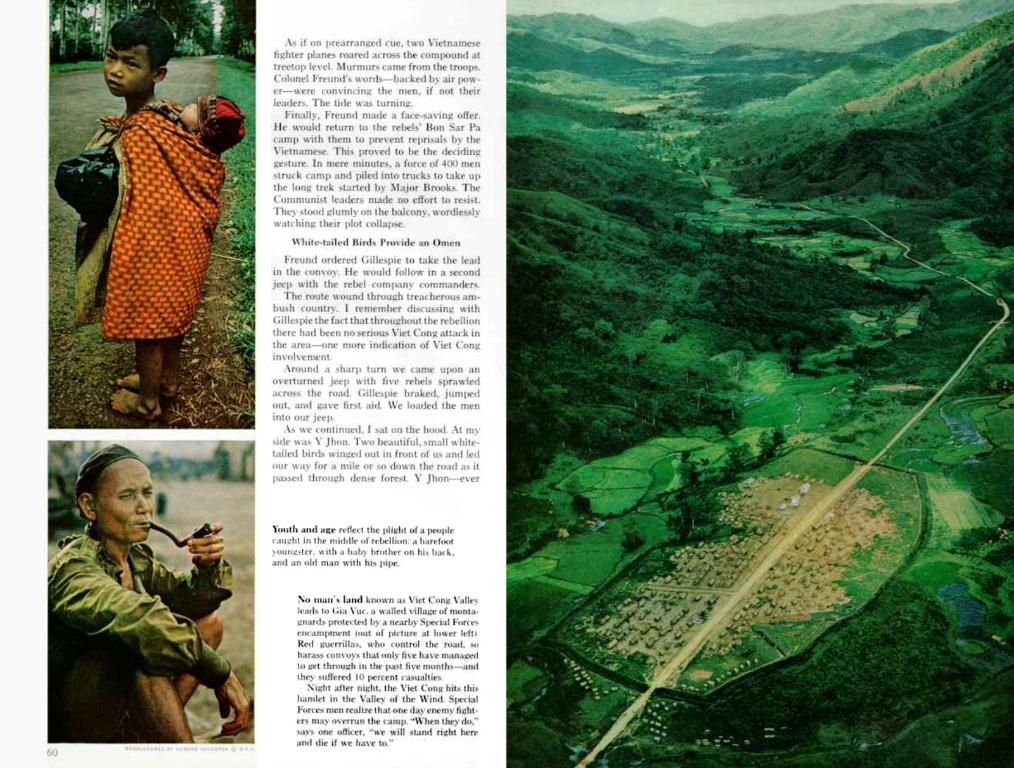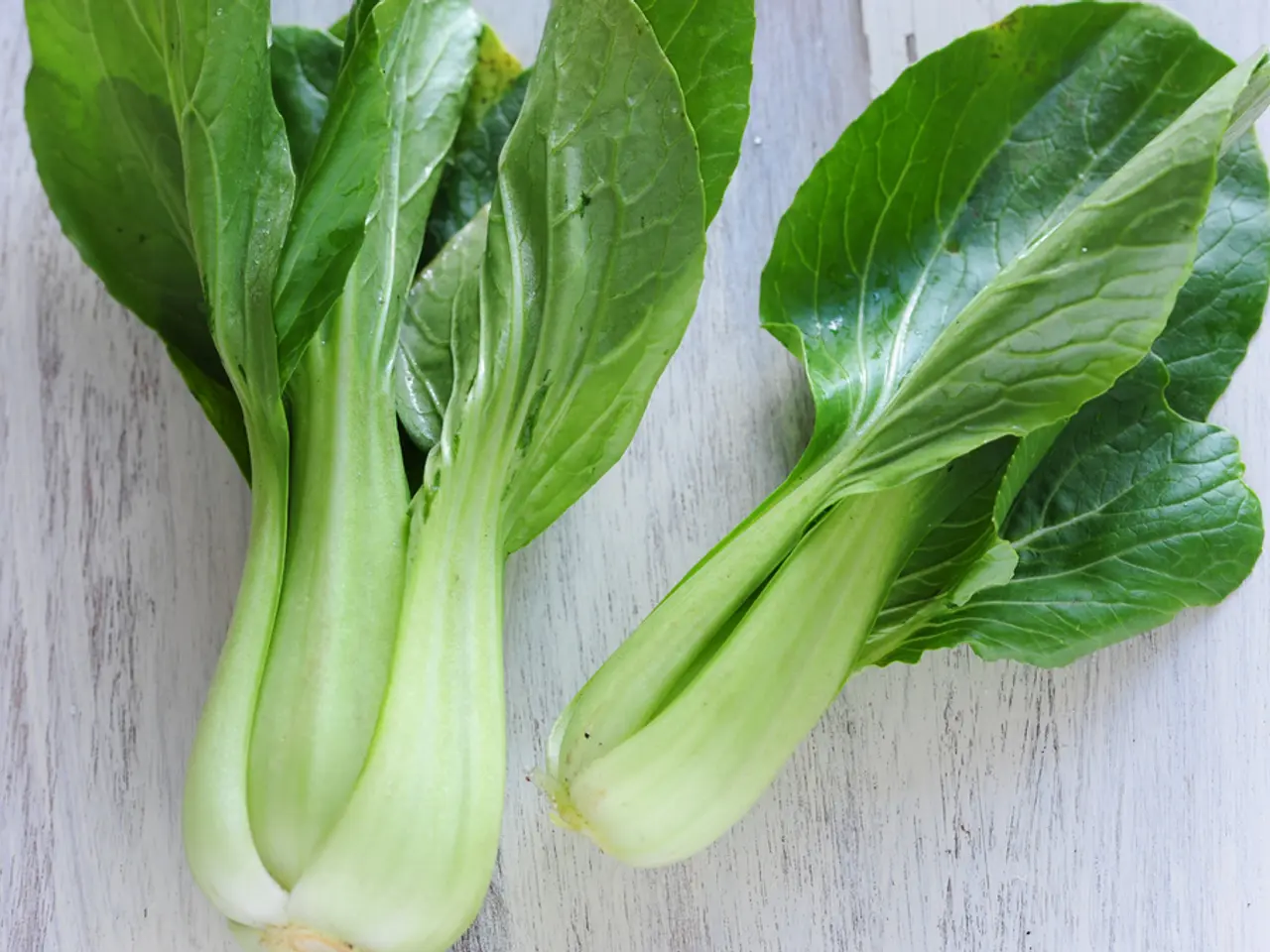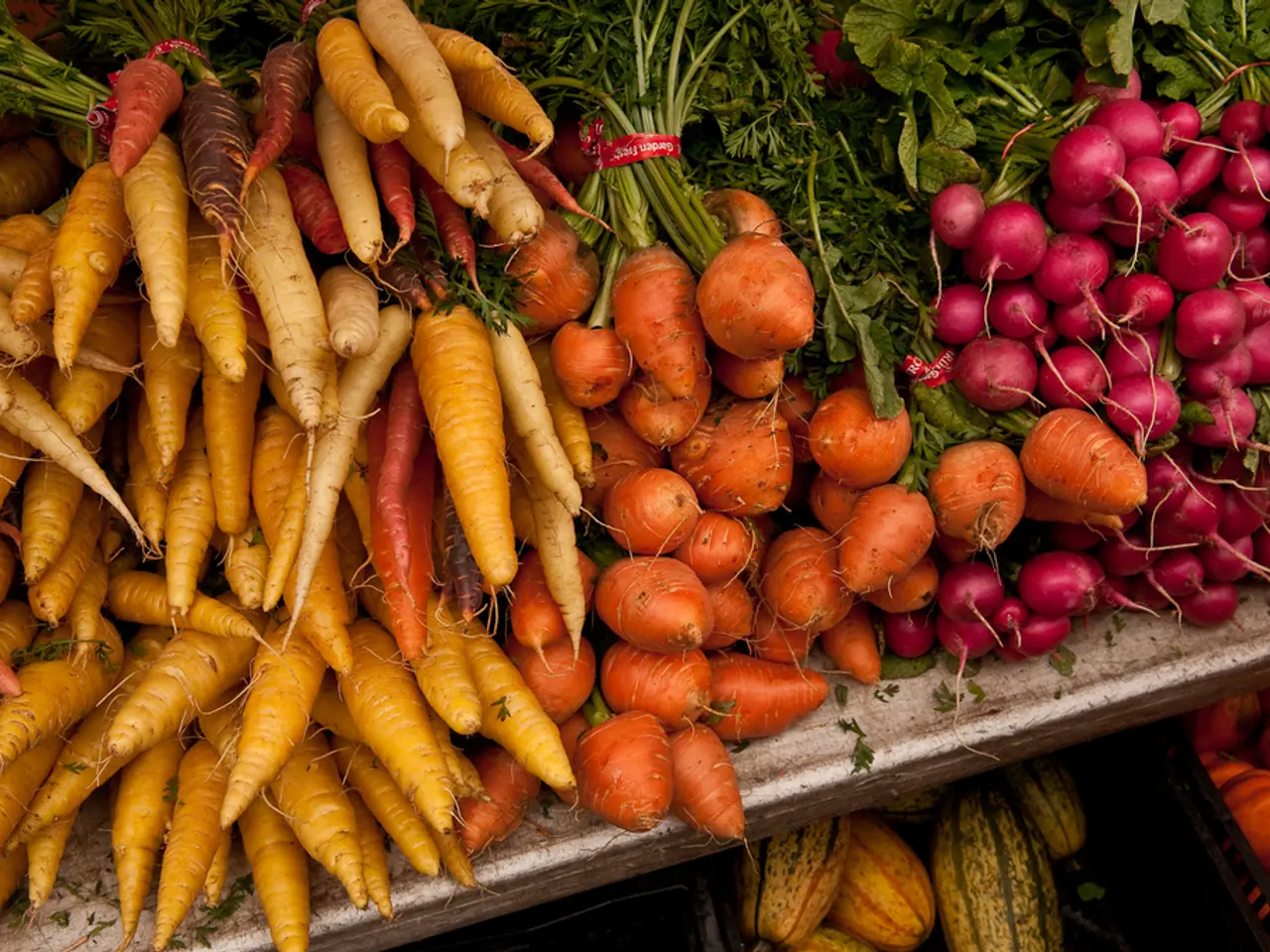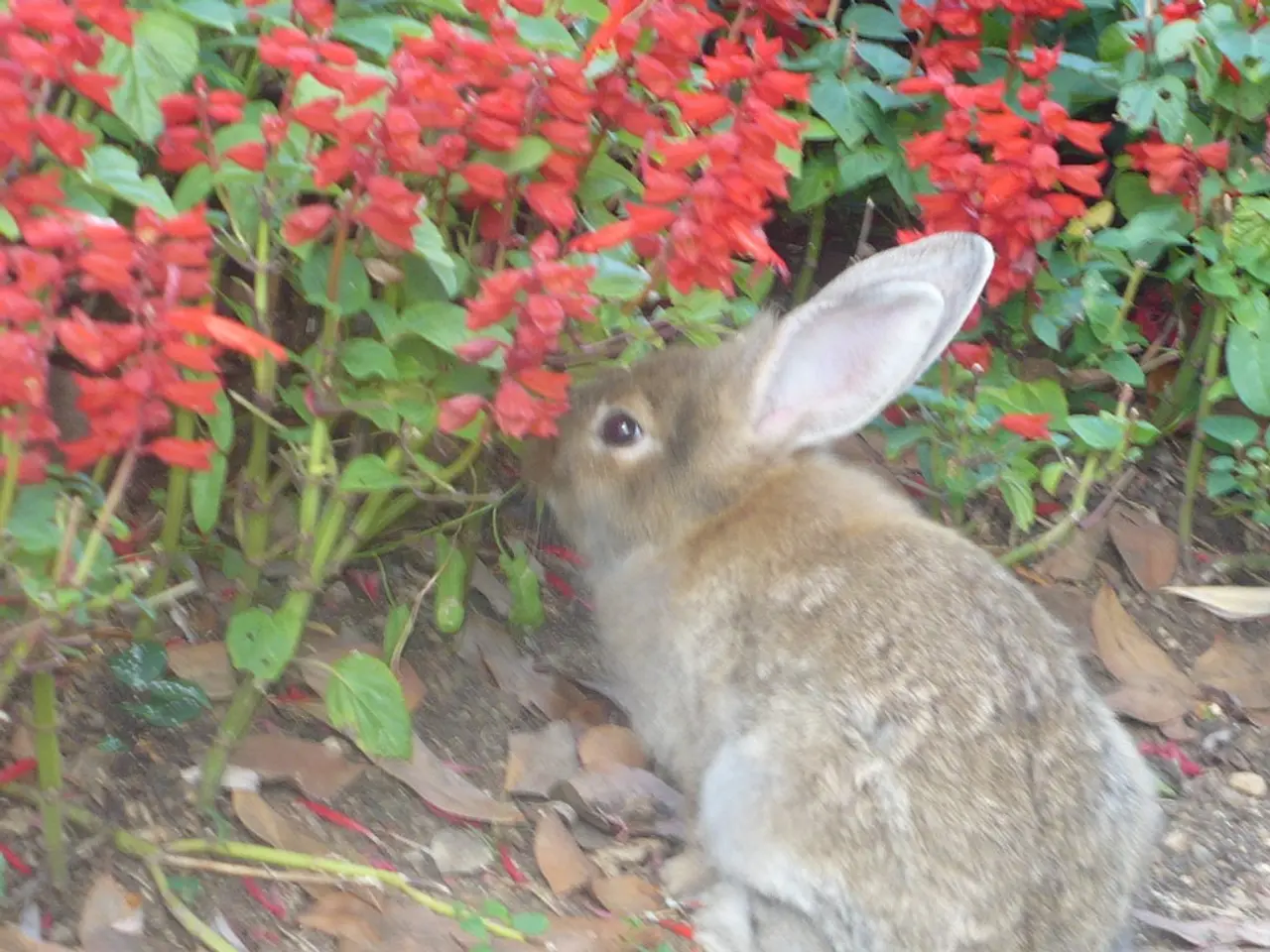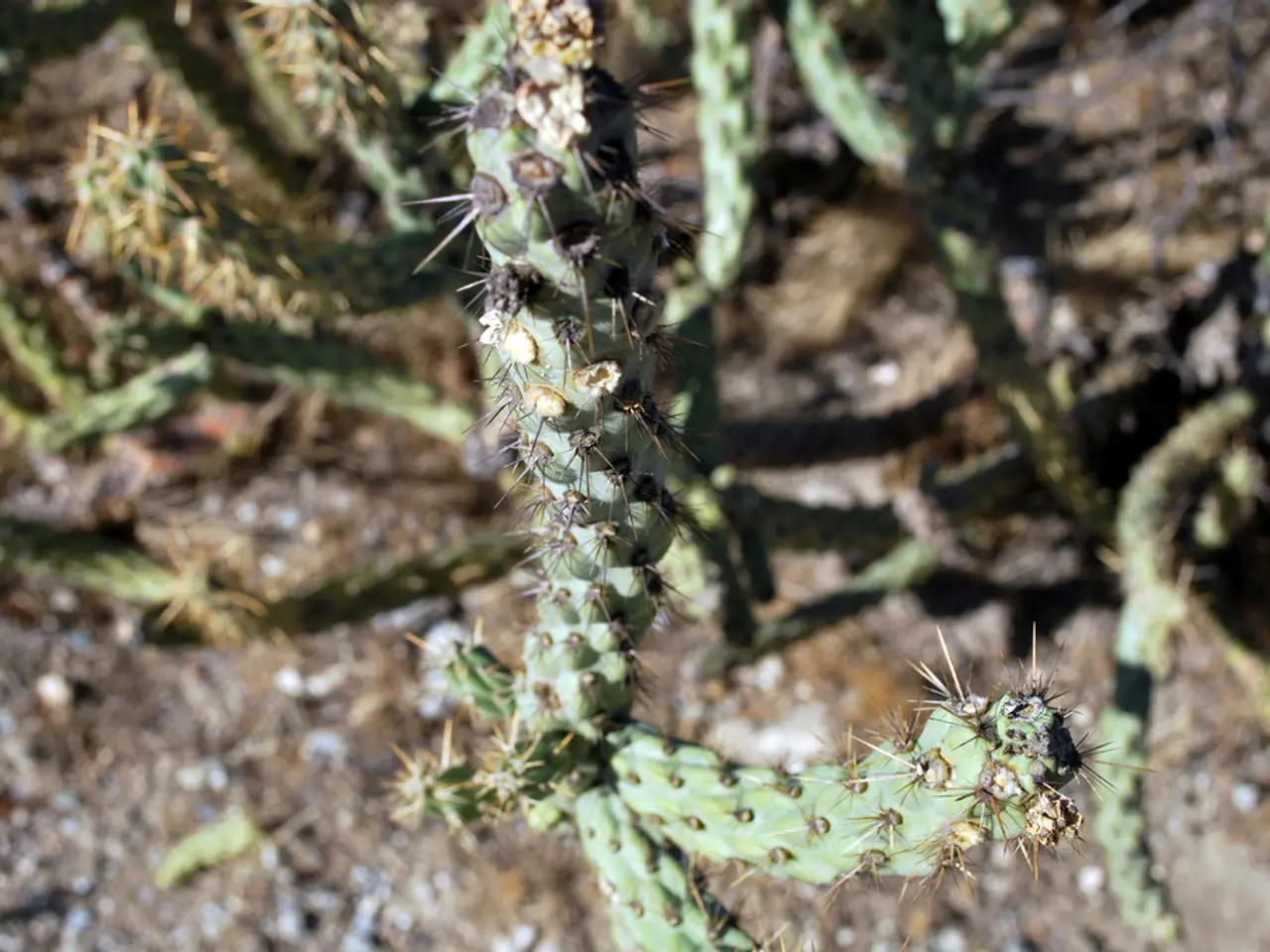Help Wild Animals Survive Drought: Set Up Water Stations for Urban Creatures
Ensure Water Availability for Animals: Set Out Water Dishes by Animal Protection Association - Establishing water stations for animals, as per animal welfare association's plan
In the midst of the ongoing drought, it's essential to take action and help our furry and feathered friends residing in urban areas like Bremen, especially during trying times. Let's focus on eye-catching creatures such as birds, hedgehogs, and rabbits and ensure they have the hydration they desperately need.
Placement and Design for Water Bowls
- Shallow and Stable: Opt for shallow dishes or bowls measuring no more than 2-3 cm to prevent drowning while providing easy access for small critters.
- Multiple Water Stations: Scatter several water bowls across your garden or balcony to boost accessibility, especially in areas where natural water sources might be dwindling.
- Safe Locations: Nestle bowls in shaded, quiet areas close to natural hiding spots (bushes, hedges, or tall plants) to offer them protection from potential predators.
- Stable Foundations: Set bowls on level ground to prevent them from toppling. For birds, consider adding stones to help them perch more securely.
Maintenance and Water Quality
- Daily Cleaning: Maintain optimal health and hygiene levels by cleaning bowls daily with fresh water, reducing the chances of spreading diseases among animals.
- Fresh Water daily: Refill with fresh water every day, prioritizing drought-stricken periods when evaporation levels increase.
- Chemical-free: Steer clear of chemicals like soaps and detergents. Stick to plain tap water or rainwater when available.
- Mosquito Prevention: Change water daily or install a small fountain pump to keep water moving and discourage mosquito larvae growth.
Strengthening Wildlife Support
- Native Plants: Plant drought-resistant, native flora to create shade and conserve moisture, crafting a more welcoming environment for urban wildlife.
- Rainwater Collection: Harvest rainwater with rain barrels or subterranean water storage systems, having sustainable H2O reserves during dry spells.
- Habitat Enhancements: Introduce logs, leaf piles, and dense shrubbery to provide shelter and moisture, catering to nocturnal creatures like hedgehogs and rabbits.
- Neighbor Awareness: Foster community collaboration by encouraging fellow neighbors to partake in establishing water points and wildlife-friendly habitats, bolstering the support network for urban wildlife.
Species-Specific Strategies
- Birds: Offer them shallow water for drinking and bathing, with stones in the bowl for safe perching.
- Hedgehogs: Go for ground-level water bowls in sheltered spots; a saucer should do the trick.
- Rabbits: Keep fresh water at their reach, placing bowls near cover for safe drinking.
- Other Urban Creatures: Cater to varying sizes and habits with diverse water bowl setups to ensure wide variety and accessibility.
Taking these steps can alleviate the strain of drought on our urban wildlife in Bremen by providing dependable, hygienic water points and enriching local microhabitats. Consistent upkeep and strategic positioning are crucial to delivering maximum benefits for the mentioned species and others residing in metropolitan ecosystems[2][4].
The Commission has also proposed a directive on the protection of animals and the environment, emphasizing the importance of preserving wildlife in urban areas during climate-change-induced droughts. To prevent dehydration among squirrels, birds, and other urban creatures, setting up shallow and stable water bowls in shady, safe locations is recommended. These water stations should be maintained with daily cleaning and fresh water refills, keeping them chemical-free and changing them every day to discourage mosquito larvae growth.
For a more proactive wildlife-supporting lifestyle, native plants can be used to create shade and conserve moisture, while harvesting rainwater can supply H2O during dry spells. Introducing logs, leaf piles, and dense shrubbery offers shelter and moisture, catering to nocturnal creatures. Encouraging neighbor awareness and community collaboration can further fortify the support network for urban wildlife.
Species-specific strategies, like offering shallow water for birds, ground-level water bowls for hedgehogs, and safe drinking areas for rabbits, should be tailored according to each creature's unique requirements. By implementing these strategies and upholding them with consistent care, we can alleviate the strain of drought on urban wildlife in Bremen and boost the overall well-being of metropolitan ecosystems. Science and environmental-science-informed lifestyle choices can contribute significantly to the long-term survival and recovery of wildlife as we navigate the challenges of climate change.

